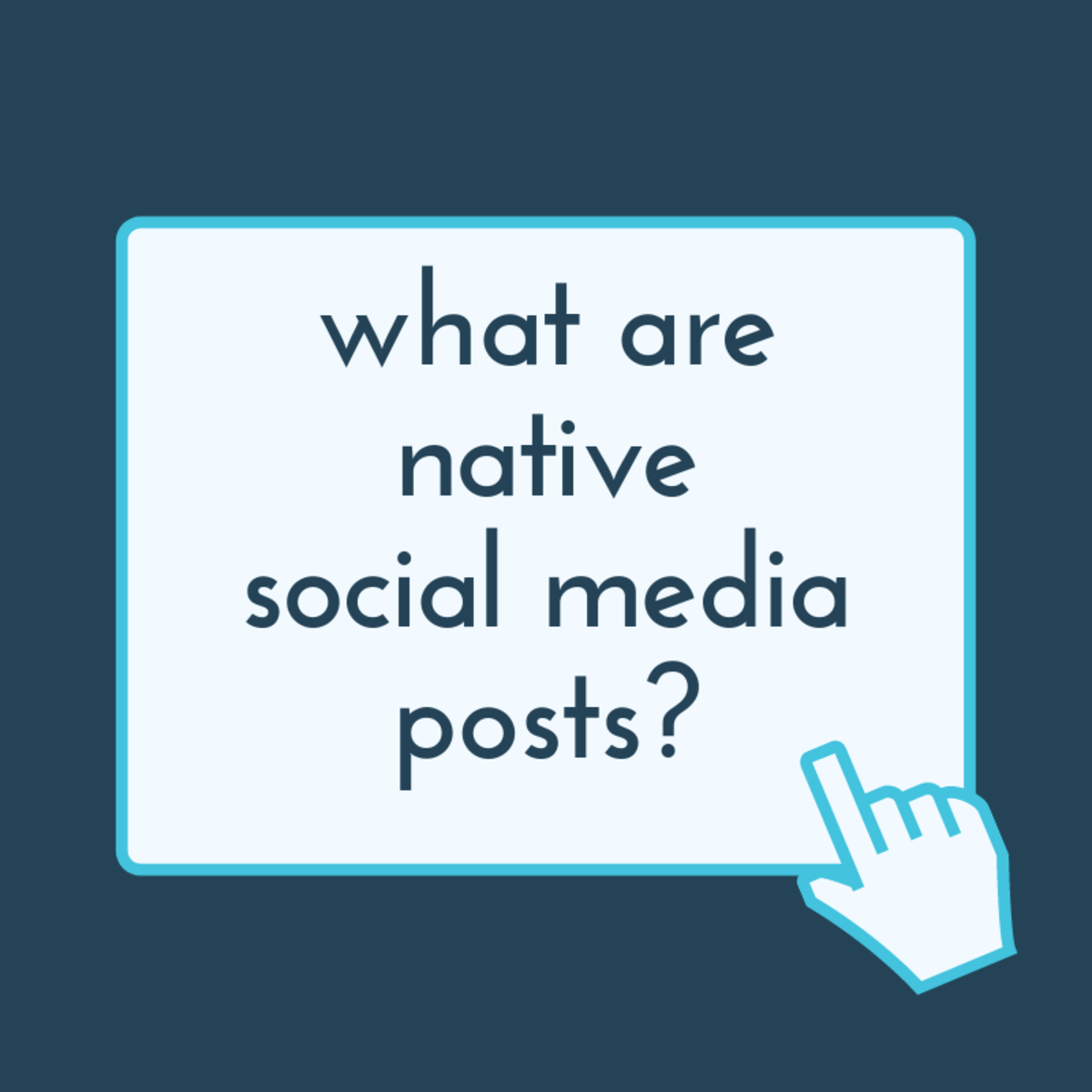The Numbers Tell the Story—Social Media and the Future

The great thing about having a vision for the future is that the possibilities are endless. Cliché as that may sound, it was true for a lot of social media companies today, who started almost a decade ago with just the premise that the future will be social. Platforms like Twitter (NYSE:TWTR) and Facebook (NASDAQ:FB), even sharing sites like YouTube and Instagram – they thought as big or as small as they desired. And it was a gamble, the idea that people would want to be connected in ways society would deem to be too intrusive at times. But it paid off.
Who knew that years down the line, we would be able to converse with one another in just 140 characters, or that relationships would be destroyed over status messages, or that singing in your bathroom will make you famous, or that we would spend an inordinate amount of time taking pictures of our food instead of eating it right away? Our behaviors, our interactions – even businesses, industries, and governments – changed because of social media. Those who were at the forefront of this revolution had a vision then, and that gave them goals to achieve.
Today, we are at that stage where technology is making us discover new limits instead of just working around them. CNBC says, “No doubt, the power of social media is exponential. Numbers tell the story.”
What will be in store for us in the future? What is the new vision for social media as we look forward to the next decade? Here are some predictions:
1. A more aggressive shift towards mobile
It was predicted years ago that more than a billion people will have access to mobile broadband come 2015. This marriage between devices and the internet would only mean that we will be accessing almost everything on the go, perhaps 24/7. In fact, the Smithsonian Magazine describes it this way: “…smart phones are an inexorable part of our existence.” That is reflected today with how many apps there exists for everything – from paying the bills to booking a flight to measuring heartbeat after a morning jog.
Marketing will still skew towards mobile. Aside from building mobile versions of websites and making sure that everything is built upon responsive design, businesses will also start to seek having apps that represent them. Advertising on social media will be geared towards mobile usage as well.
2. Video will have an even bigger audience
As millennials continue to build their purchasing power, businesses will be looking into social video as an alternative to advertising in social media streams. Instagram has already seen the appeal, hence it added video to its services. Another similar attraction is the rising popularity of GIFs (moving pictures or short video clips), especially in Tumblr, a blogging platform owned by Yahoo! (NASDAQ:YHOO).
3. Social media commerce will improve
Social selling used to be taboo when social media platforms were still new, since the focus was on interpersonal connections. However, as consumers are online now more than ever before, it’s inevitable that businesses would follow suit to entice and interact with their target market.
4. Integration with wearable tech
Google (NASDAQ:GOOG) has already started integrating online music streaming to the Google Glass device. Why not Twitter and Facebook? Pretty soon, people will not only be tracking how many steps they’ve taken via a fitness app, there might also be some sort of fitness club happening on social media, even if everyone’s just checking in virtually through their Apple (NASDAQ:APPL) Watch.
5. Customization of apps and platforms according to location
One size doesn’t fit all, and the reality is that although social media platforms are popular, usage isn’t the same for all demographics, let alone countries. For example, according to Mother Jones, Twitter, Facebook, and YouTube are blocked in China, Iran, and North Korea. In Russia, the largest social networking service is VK (VKontakte), while QZone and Sina Weibo are popular in China.
The future of social media would see the rise of more platforms that would conform to the needs of certain demographics or geographies, or at least a customization of the mother brand, the way BuzzFeed now has BuzzFeed UK. Brands would be smarter about getting to know not just their market, but the right social media channel to address them in.
© 2018 J Frank Sigerson








